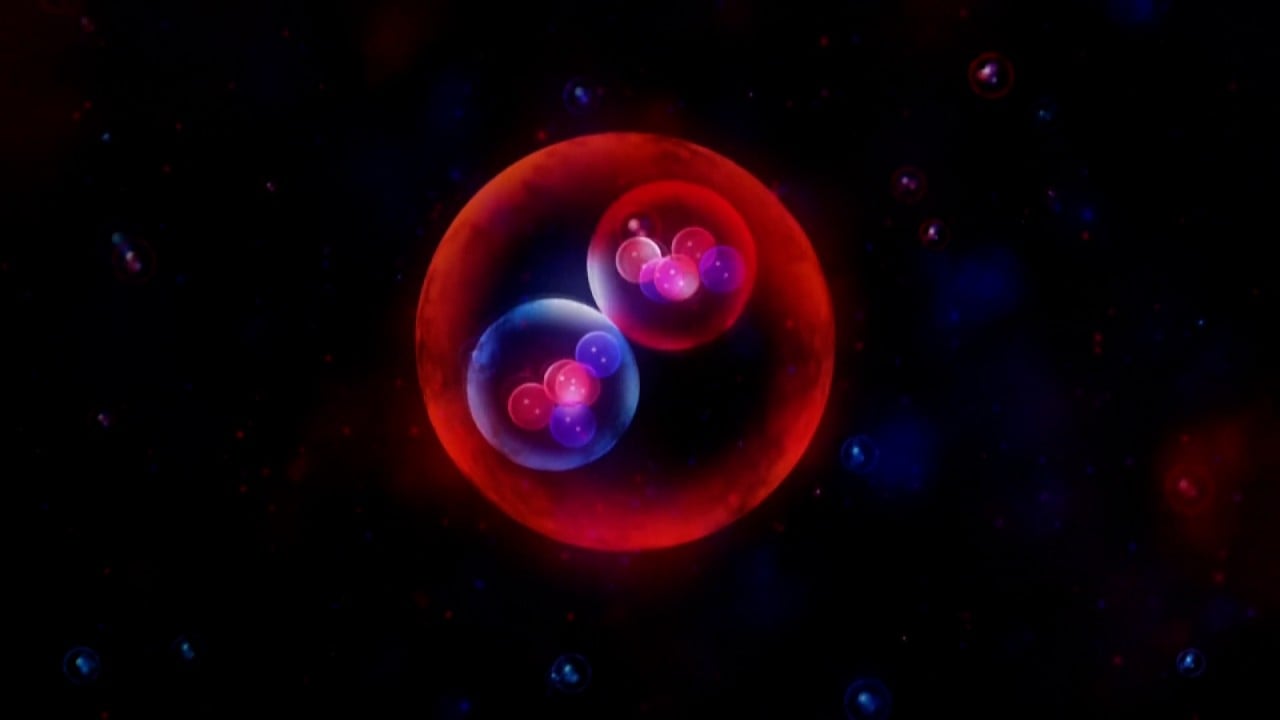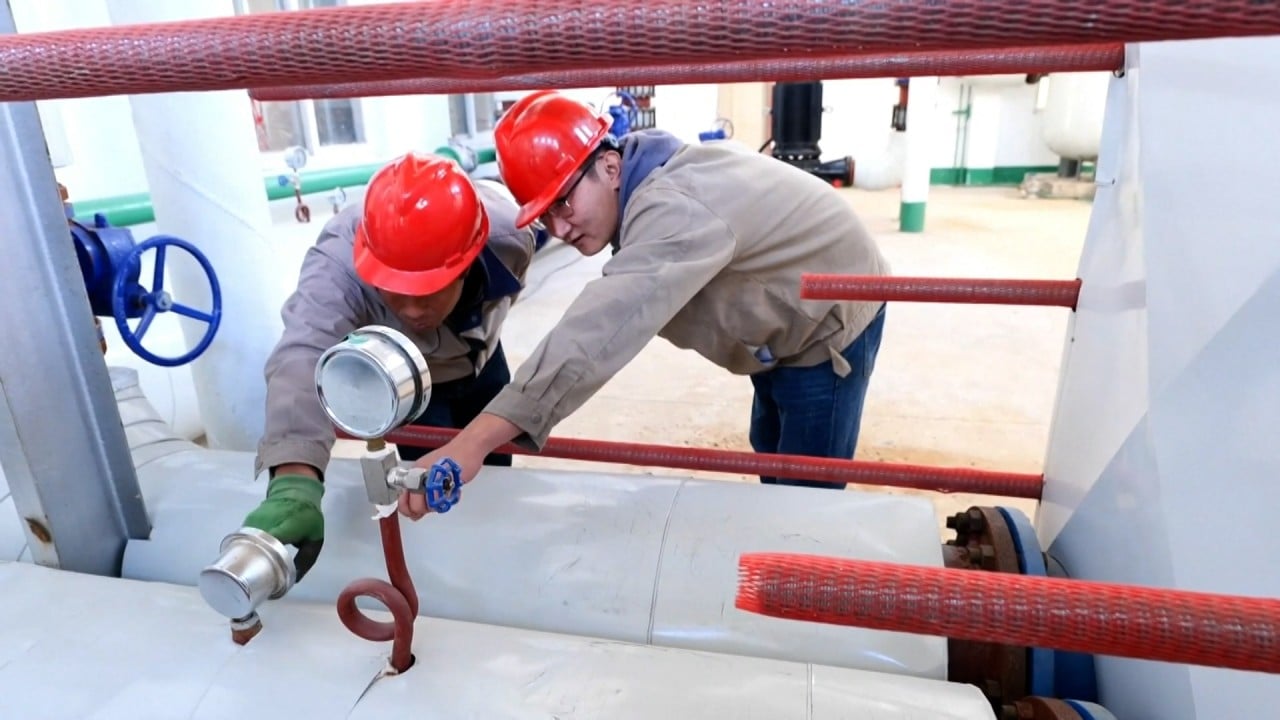
In our energy-hungry world, nuclear power is making a comeback – with safer and cheaper technology
- Debate has been revived even in Japan, which suffered the catastrophic failure of the Fukushima plant
- However, small modular reactors are now being favoured as they are said to be safer than conventional nuclear fission reactors, cheaper and easier to operate
Since the COP26 climate change summit in Glasgow last November, there has been a dawning realisation that the world cannot shed its dependence on the fossil fuels of coal, oil and gas while continuing to attain the growth demanded by its advanced and emerging economies.
The shift in thinking is also driven by the realisation that renewable energy resources such as solar, wind and hydropower cannot always be relied on to supplement fossil-fuel-generated energy to the extent required if energy supplies are not to suffer, by virtue of their dependence on weather patterns.
As British peer and former energy minister Lord David Howell says, “We can talk about ‘green’ solutions until we’re blue in the face but that will not make a scrap of difference” – particularly to emerging economies like China and India, which need intensive energy-driven growth.
Something has to give. In the case of China at least, that will not be economic growth, as Chinese authorities from President Xi Jinping on down have made clear. What will give instead will be greenhouse gas emission targets that are based on science rather than political reality.
This critical point was not acknowledged, at least publicly, at COP26 despite the presence there of 197 world leaders and some 40,000 official delegates and other attendees from the realms of government, business and society.
Wider use of nuclear energy is emerging as a partial solution to the dilemma – that it is virtually impossible without nuclear power to achieve global equitable economic growth targets and also meet emission control targets capable of saving the Earth and its inhabitants.
Discussion now is not about whether to start building large and hugely expensive installations like the Fukushima complex on Japan’s (earthquake-prone) east coast or in other places prone to flooding, earthquakes, terrorist attacks or other hazards.
Japan will bolster its development of next-generation nuclear power technology in cooperation with the US and others, Minister of Economy, Trade and Industry Koichi Hagiuda announced on January 6.
As part of its national energy plan, Tokyo will offer support for domestic energy companies to join an international scheme for testing fast reactors and small modular reactors developed by US companies.
Japan and the US also agreed to work closely in other clean energy sectors such as hydrogen, ammonia fuel, carbon capture, utilisation and storage, and carbon recycling.
In Britain, Rolls-Royce is associated with developing small modular reactors, describing them as “a truly innovative solution that will redefine methods of delivering low carbon power”.
How Asia can surpass the West in its transition to green energy
China Huaneng Group’s 200-megawatt unit 1 reactor at Shidaowan feeds power to the grid in Shandong province.
It is the world’s first “pebble-bed” modular high-temperature gas-cooled reactor, using helium instead of water to drive turbines. It is designed to shut down passively, in contrast to systems that may not be able to trigger safety measures if power fails.
As with Fukushima, safety will be the determining factor for nuclear power and maybe for the climate debate, too.
Anthony Rowley is a veteran journalist specialising in Asian economic and financial affairs




